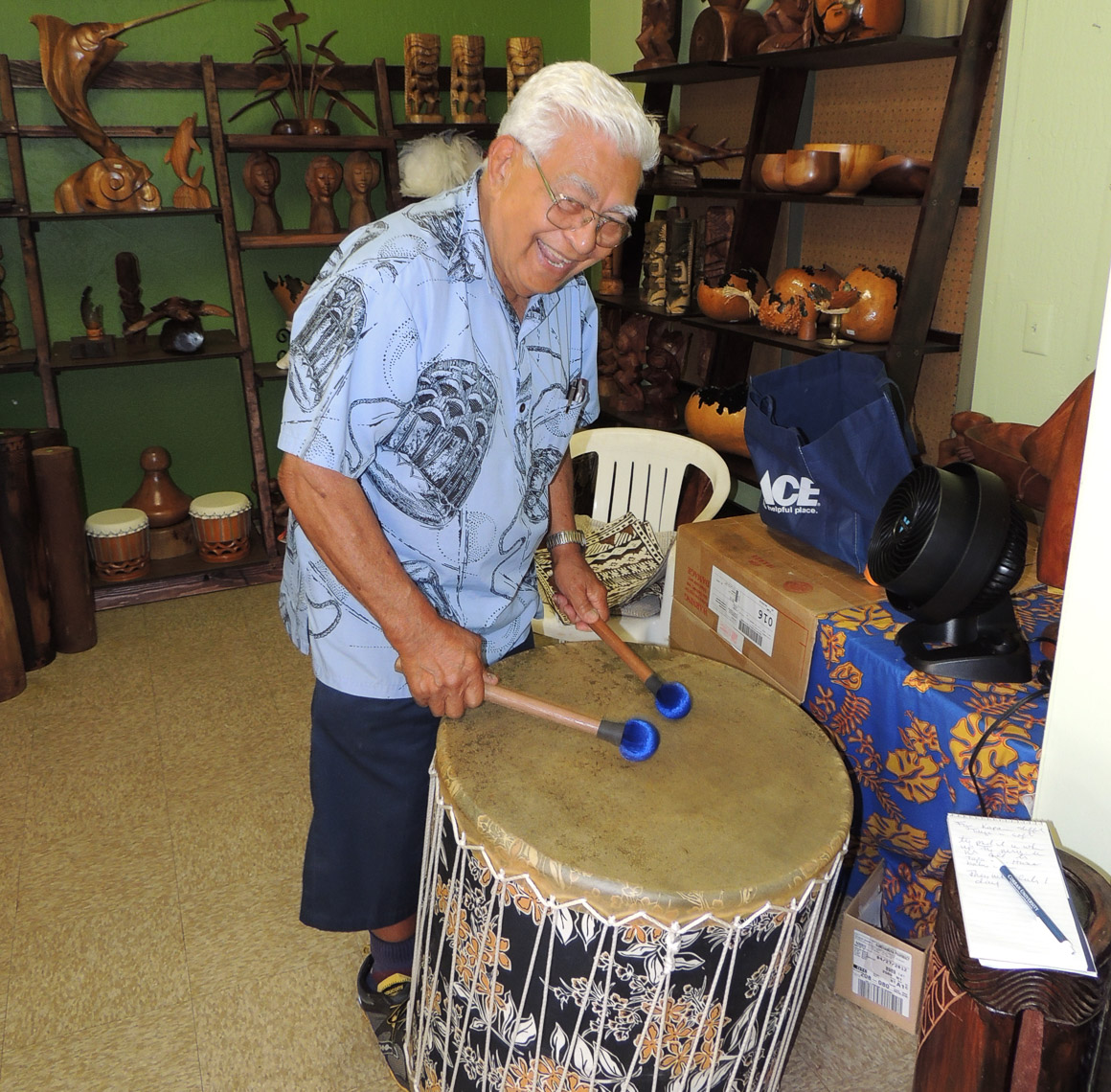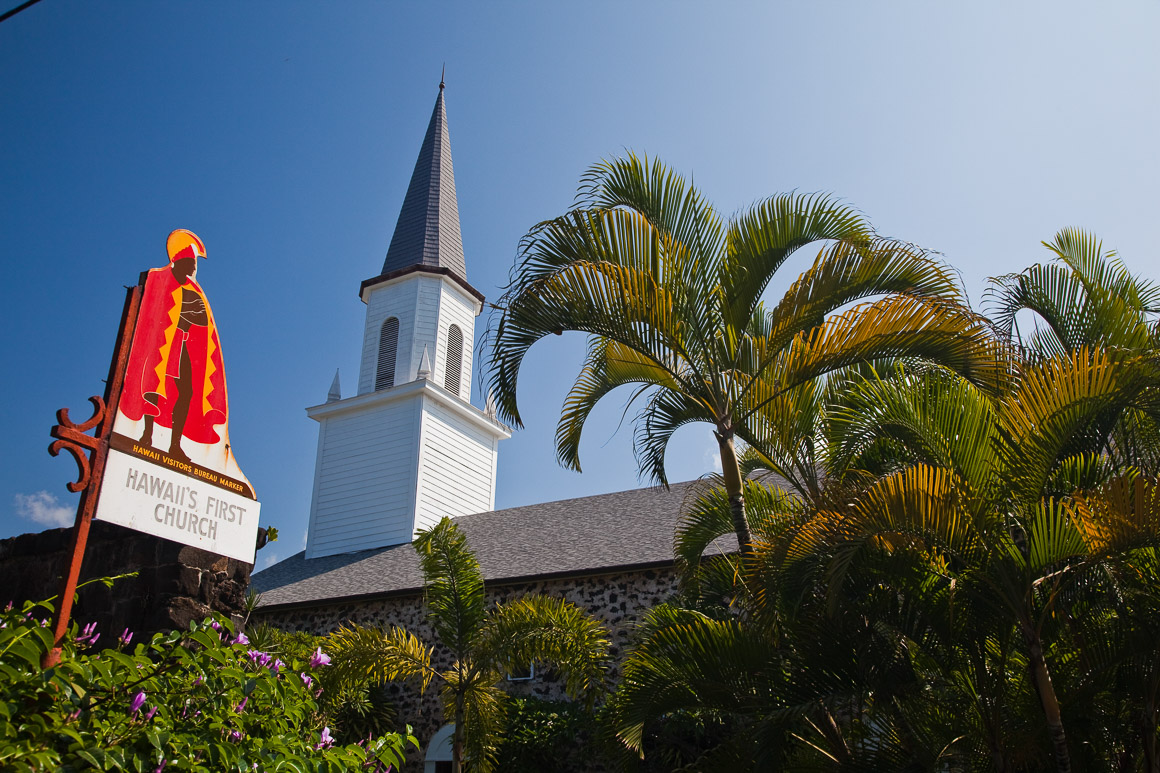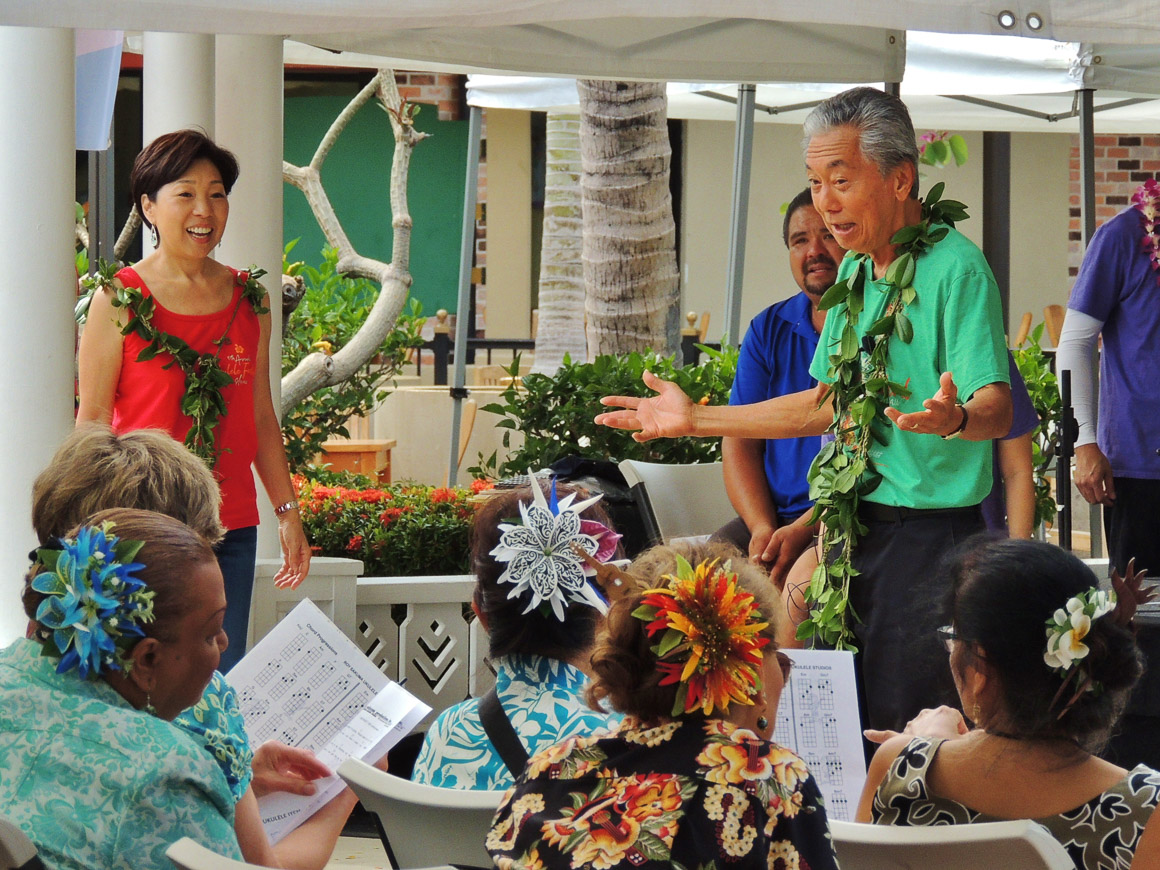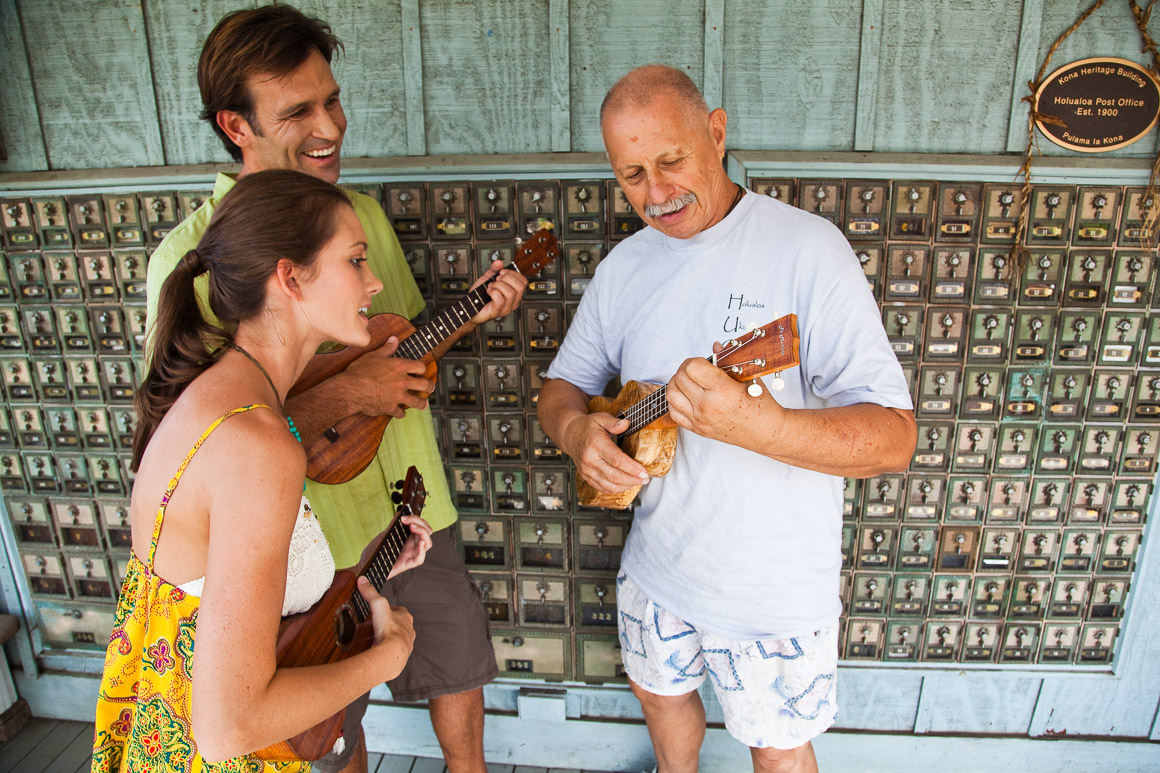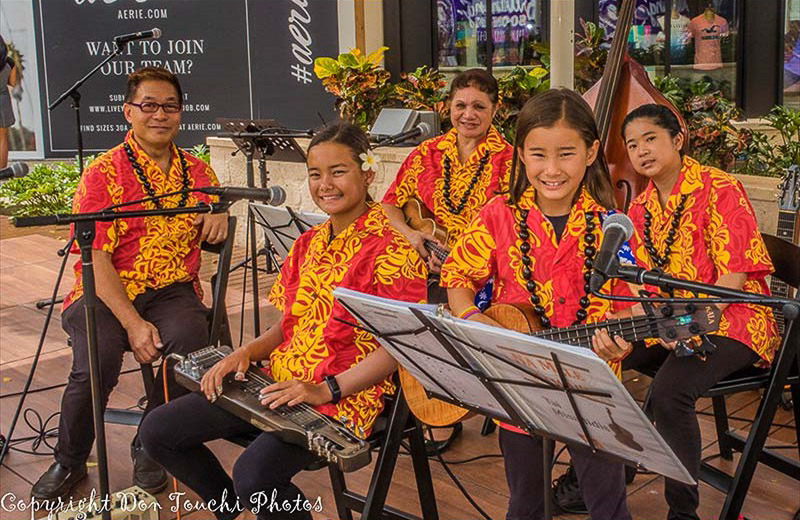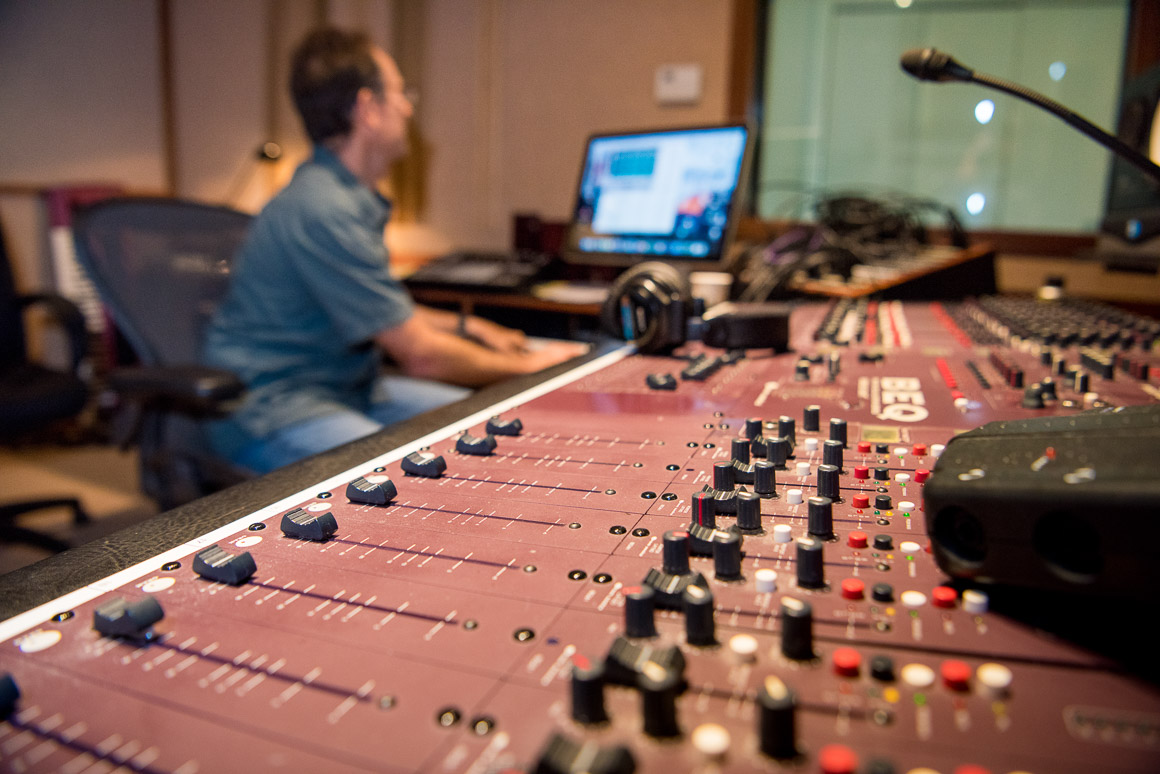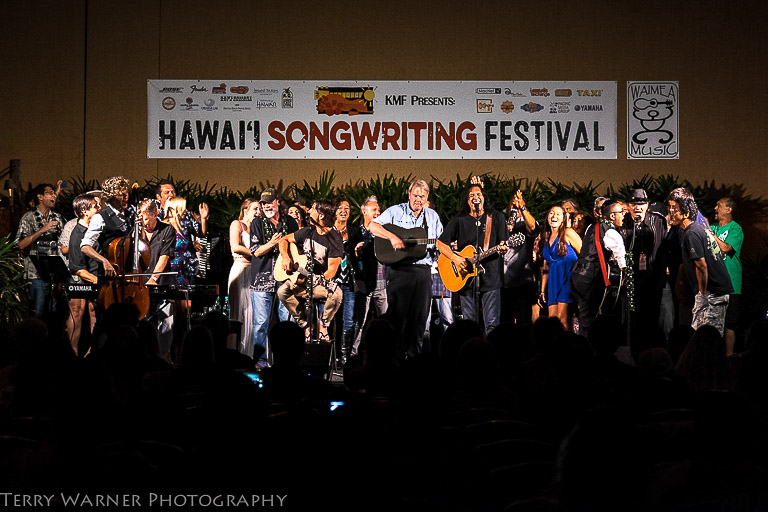Hawaiian Music:
more than a mele
What music comes to mind when you think of the island of Hawaii? The warm sounds of an ukulele, melodious steel guitar, the hula show at a luau, or a romantic trio at an oceanfront lounge? Hawaii’s music is as diverse and eclectic as the people who live here. It draws upon global influences and deep cultural roots, and it continues to expand, as local musicians share the music with Japan, China and other nations around the world.
Natural beginnings
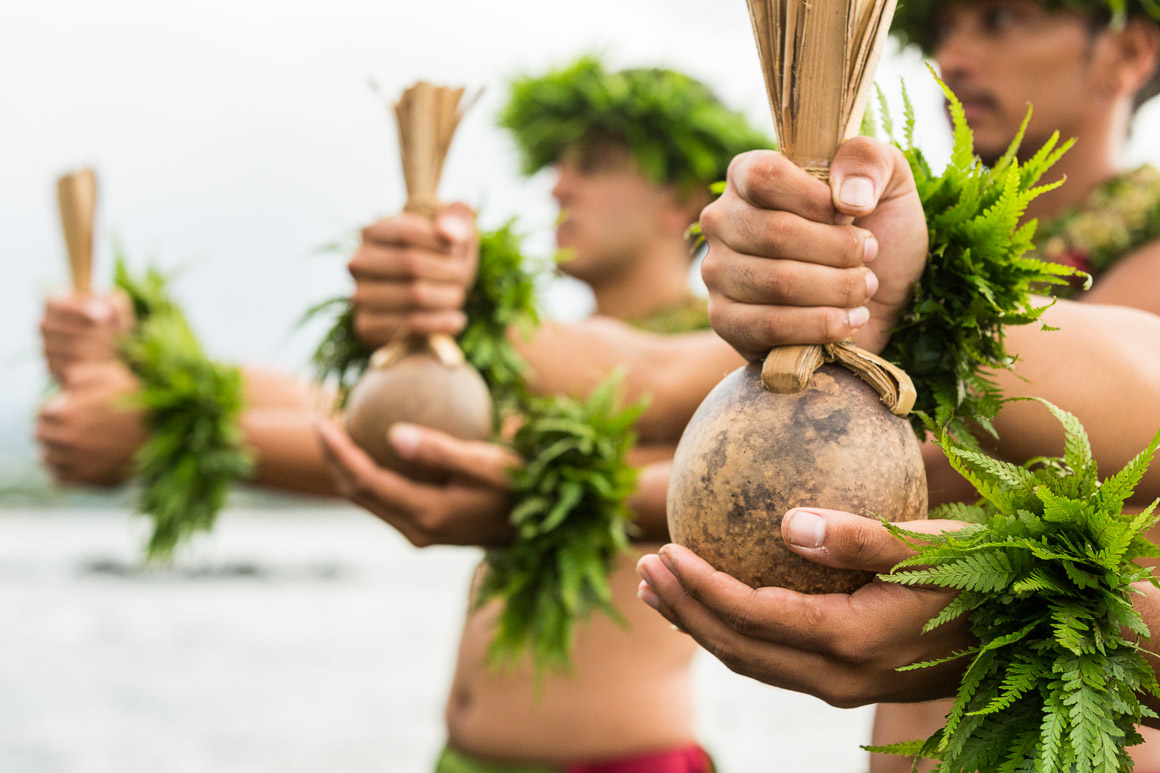
Before people came, winds rattled branches, hummed and whistled in the air. Birds sang in the trees. Rain drummed on stones and echoed in streams. And when people arrived, the earliest Polynesian canoe wayfinders brought their music with them, collected in the songs (mele), chants (oli), and dances (hula).
“Find a place where you can hear the ipu (gourd drum) and chants. If possible, go to see hula kahiko (ancient form of hula),” says music love Francois Arlhac of Waikoloa. “For example, the Hawaiian Cultural Center of Hamakua has a weekly storytelling program, with oli, at the Kings’ Shops at Waikoloa, at 5 p.m. on Tursday. And the last Friday of the month, they bring their halau (hula troup).” www.hccoh.org
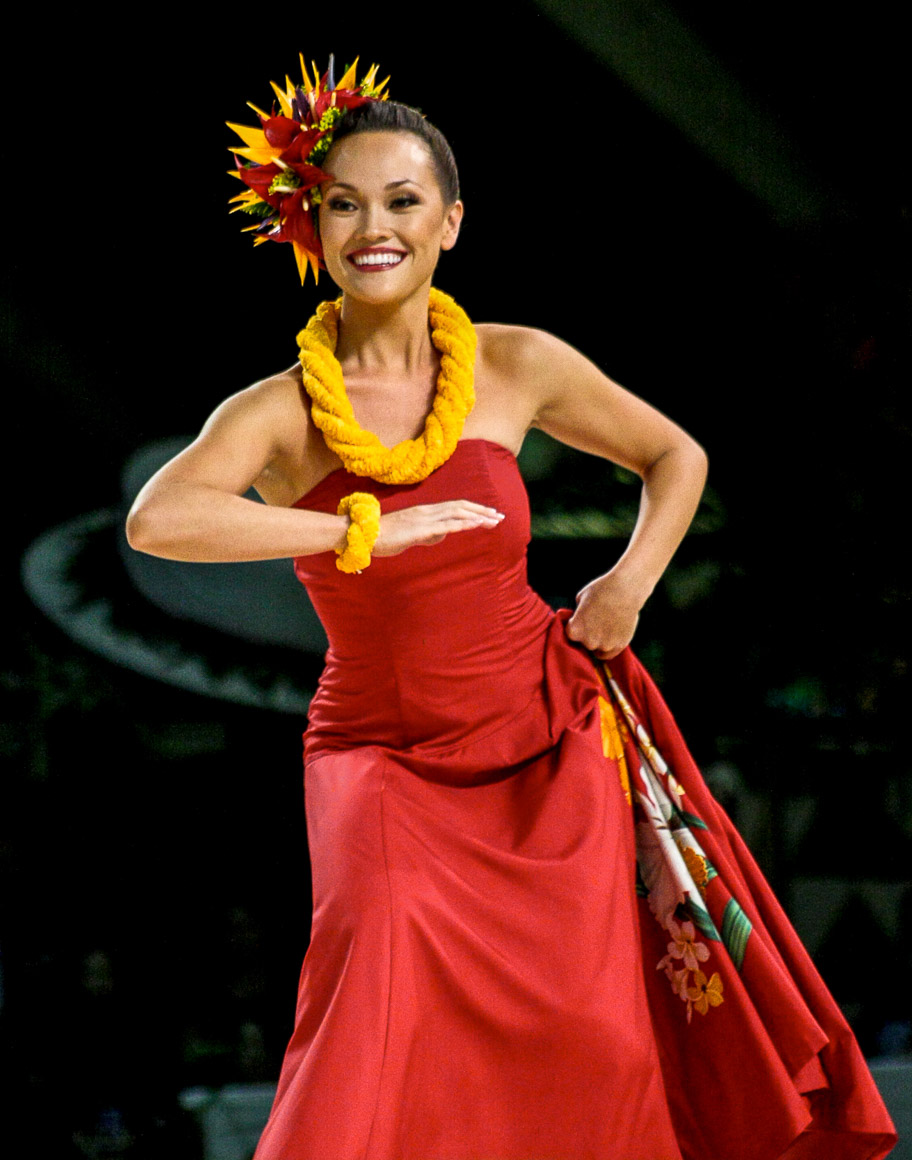
For a closer look at truly traditional Hawaiian music and dance, there is no greater celebration than the Merrie Monarch Festival, held annually in Hilo (this year April 21-27). www.merriemonarch.com.
Proficiency in both auana (modern) and kahiko forms of hula is expertly demonstrated by skilled hula halau (hula troupes) from Hawaii and beyond. The rules are stringent, and kahiko (traditional) performances are expected to be authentic in style, costume, language, use of implements, and more.
No guitars, pianos, horns or other melodic instruments are allowed; only the traditional rhythm implements, most of which are handmade by the dancers themselves, under the watchful eye of their kumu hula (teacher). On the Merrie Monach stage, viewers may see pahu, drums; ipu, gourds; uliuli, rattles; kalaau, sticks; iliili, stone pebbles; papa hehi, wooden foot treadles; and other instruments.

